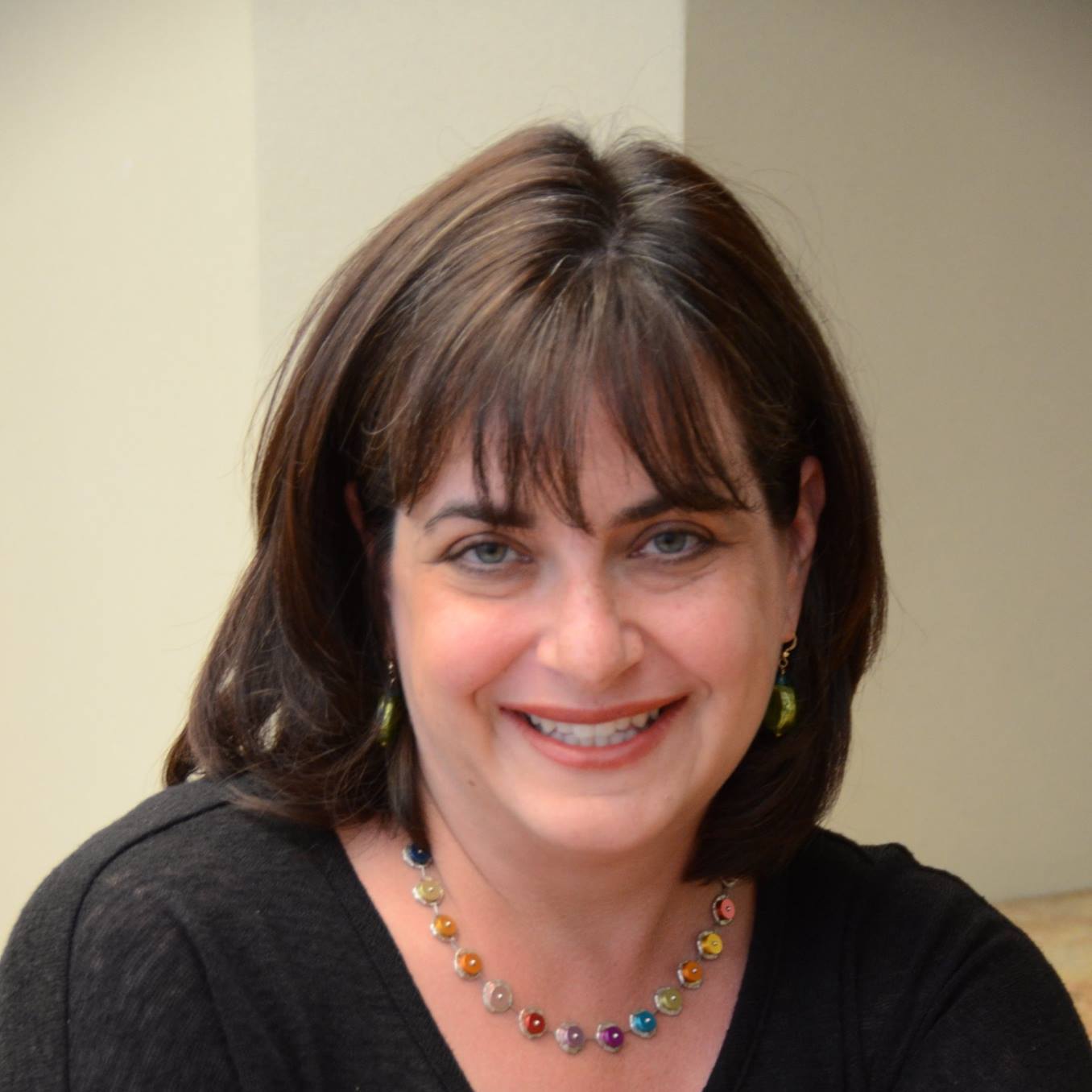Visiting Scholar from Spain Exploring Roma, Sinti Testimonies in Visual History Archive
Annabel Carballo-Mesa is a PhD candidate at the University of Barcelona. Since January 17 she has been in Los Angeles conducting research with Visual History Archive (VHA) testimonies for a dissertation provisionally entitled “Na Bister! (Don’t Forget!) An Oral History of the Roma and Sinti Genocide”.
Redress for Linguistic Genocide in Canada
A public lecture by Prof. Lorena Sekwan Fontaine (University of Winnipeg/currently San Diego State University)
(Join us in person for this lecture or attend virtually on Zoom)
Organized by USC Dornsife Center for Advanced Genocide Research
USC experts consider the importance of these photographs and paintings — bringing immediacy to history and conveying the human cost.
New Virtual IWalk Web App Brings Remote Users to Holocaust-Related Historical Sites
USC Shoah Foundation today launches a new Virtual IWalk web app that enables students and teachers to tour historic sites online while watching and listening to witness testimonies from the Visual History Archive.
Countering Antisemitism and Hate in Primary Grades
In honor of International Holocaust Remembrance Day, we recognize lessons from the Holocaust—lessons that remind us of the destruction that can ensue when hate and intolerance go unchallenged, and that emphasize the importance of countering antisemitism and other forms of hate, starting from a young age.
Join this webinar to hear an expert panel discussion on how to help young learners discover their power to create social change by countering narratives of hate and intolerance.
Eva Schloss's Artifacts and Photos
Liberation Through a 15-Year-Old’s Eyes—Fear, Relief, Uncertainty
For weeks, Eva (Geiringer) Schloss and a small band of young women had been exploring the far corners of the women’s section of Auschwitz-Birkenau, alone and, for the first time in months, unwatched.
It was January 1945, and Allied forces were nearing the camp. The SS had already evacuated most of the surviving inmates by way of middle-of-the-night marches in freezing temperatures. The gas chambers and crematoria had been destroyed. The SS guards had fled.
